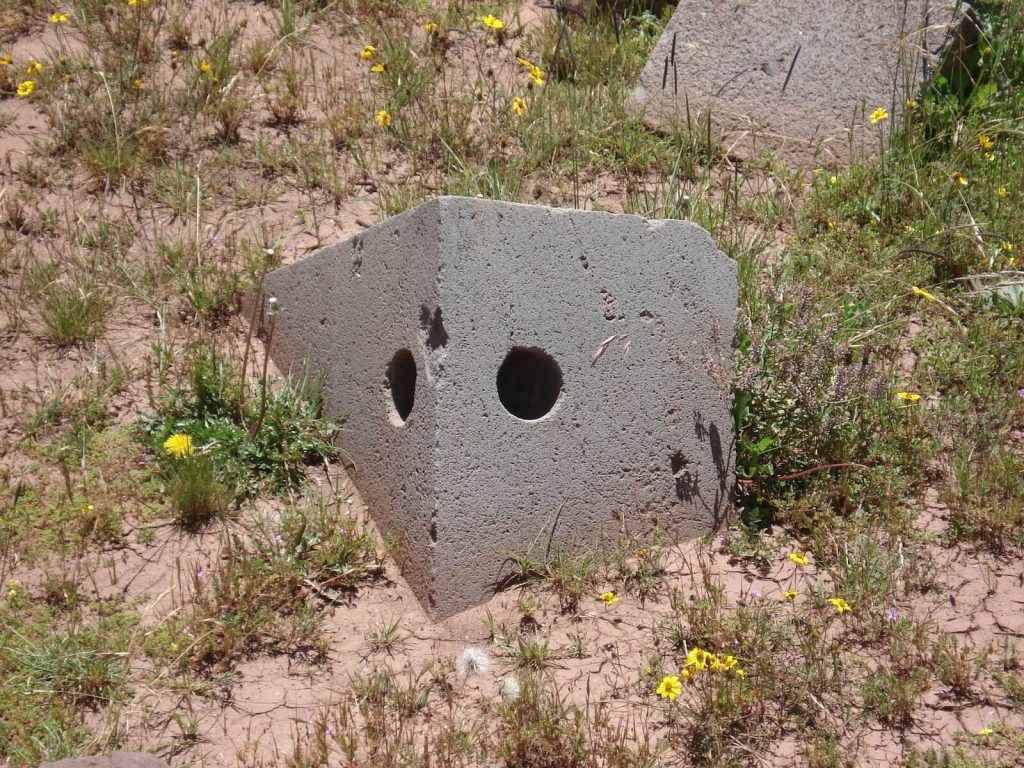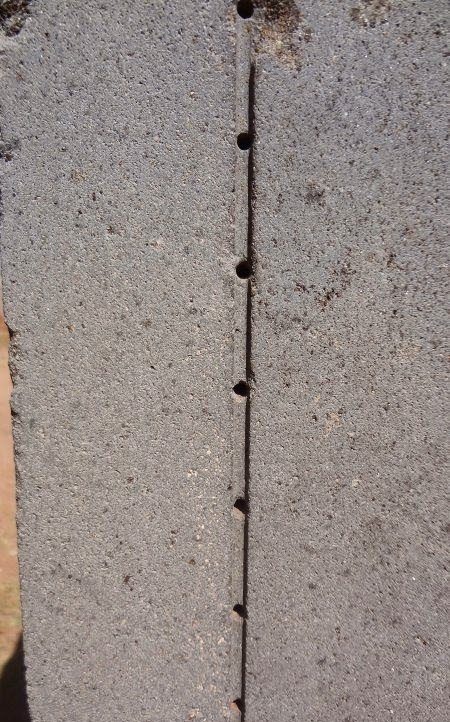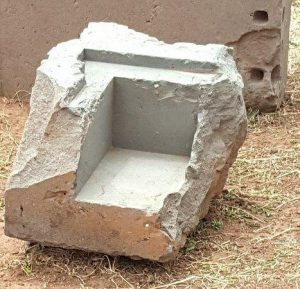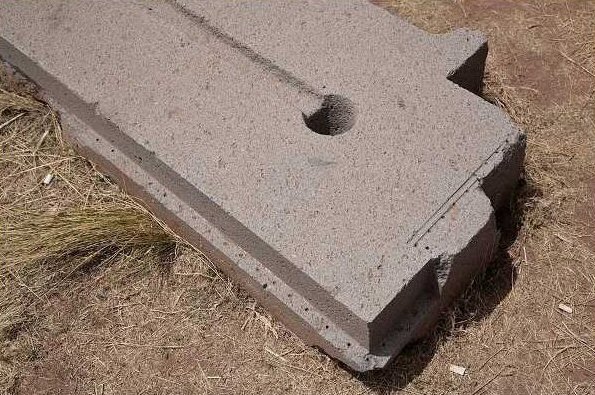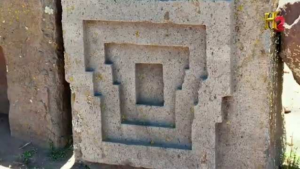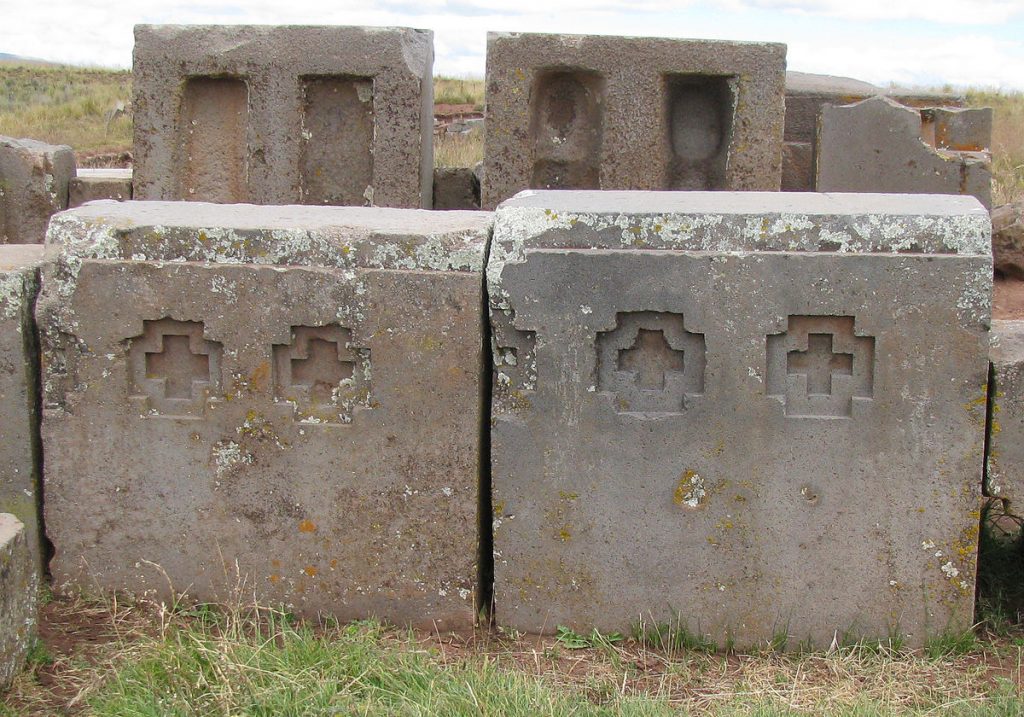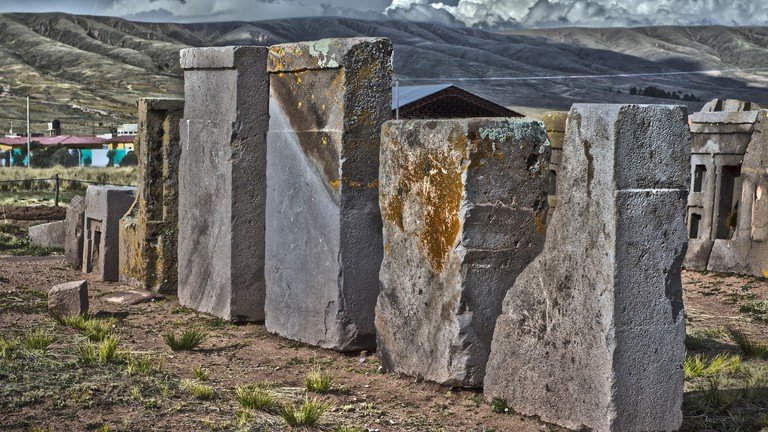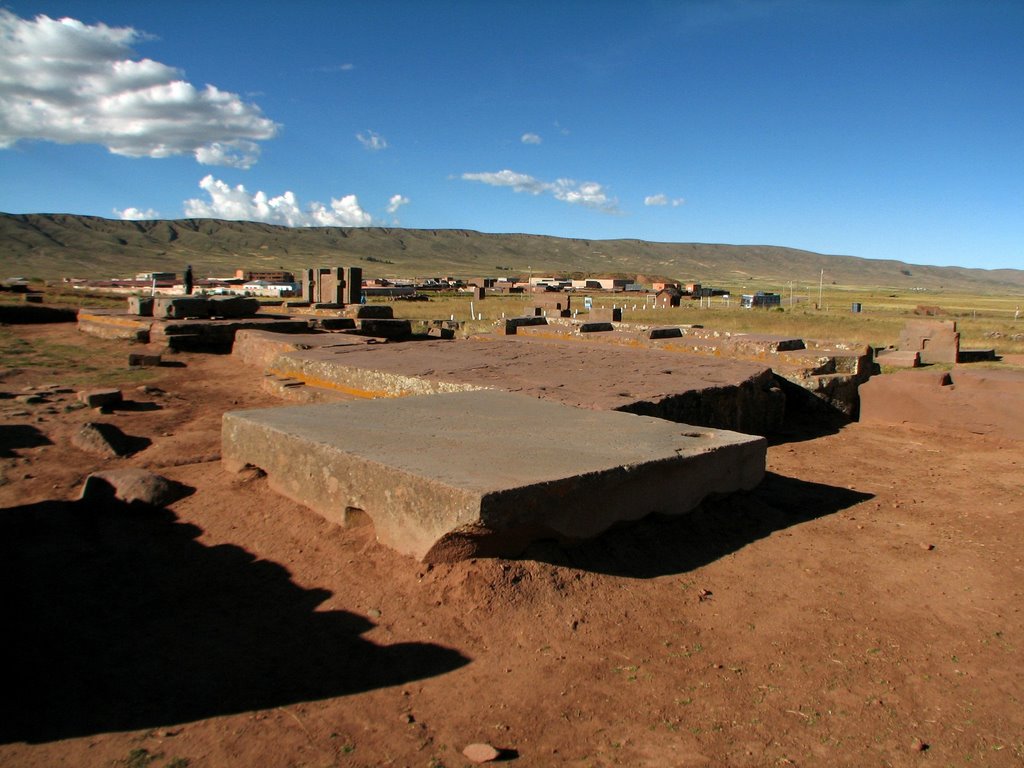Puma Punku: A True Megalithic Enigma
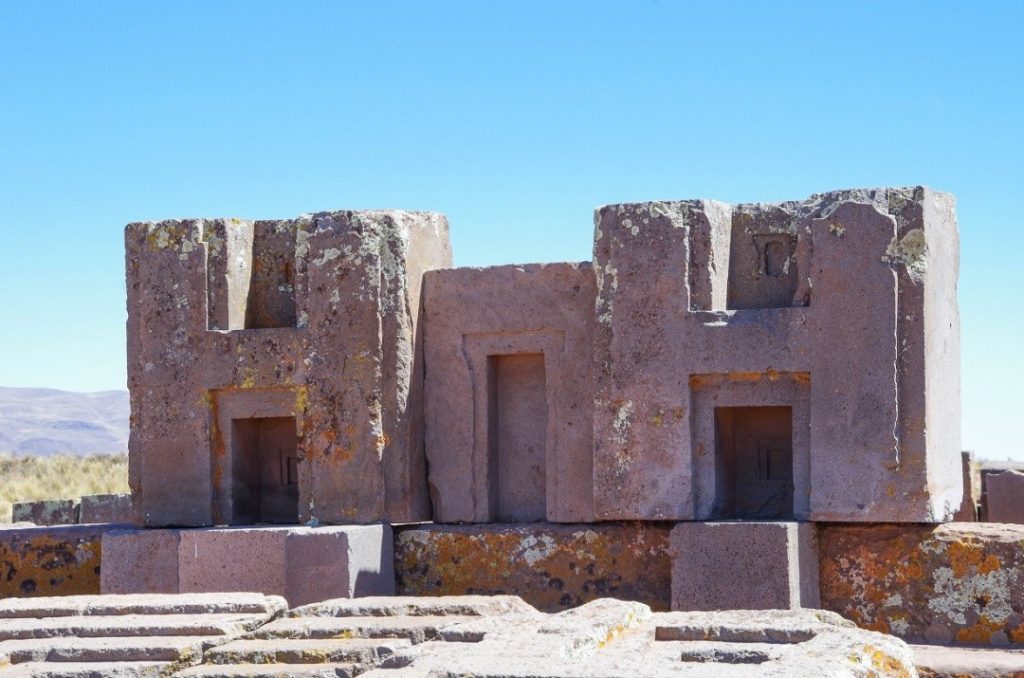
Puma Punku is a large archaeological complex located in the archaeological site of Tiwanaku, Bolivia.
In the Aymara language, the name Puma Punku means “The Door of the Puma”.
It is located near the southeastern shore of Lake Titicaca and sits on a plateau in the Andes at roughly 12,600 feet of elevation.
At its peak, Puma Punku should have been unimaginably wondrous, adorned with polished metal plaques, brightly colored ceramic, and fabric ornamentation.
The processes and technologies involved in the creation of these structures are still largely unexplained, as the architectural achievements seen at Puma Punku are striking in light of the presumed level of technological capability available during its construction.
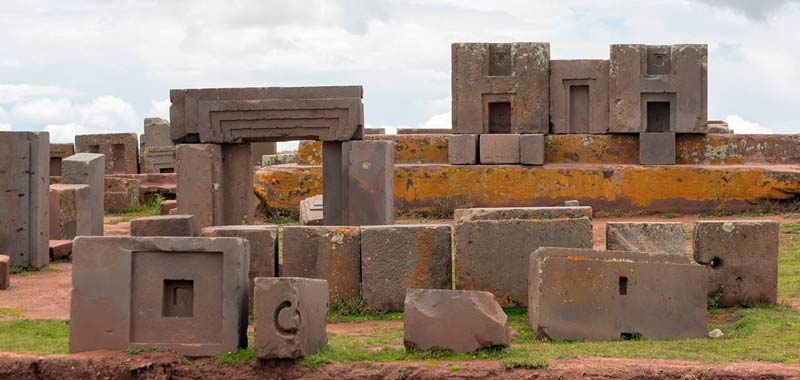
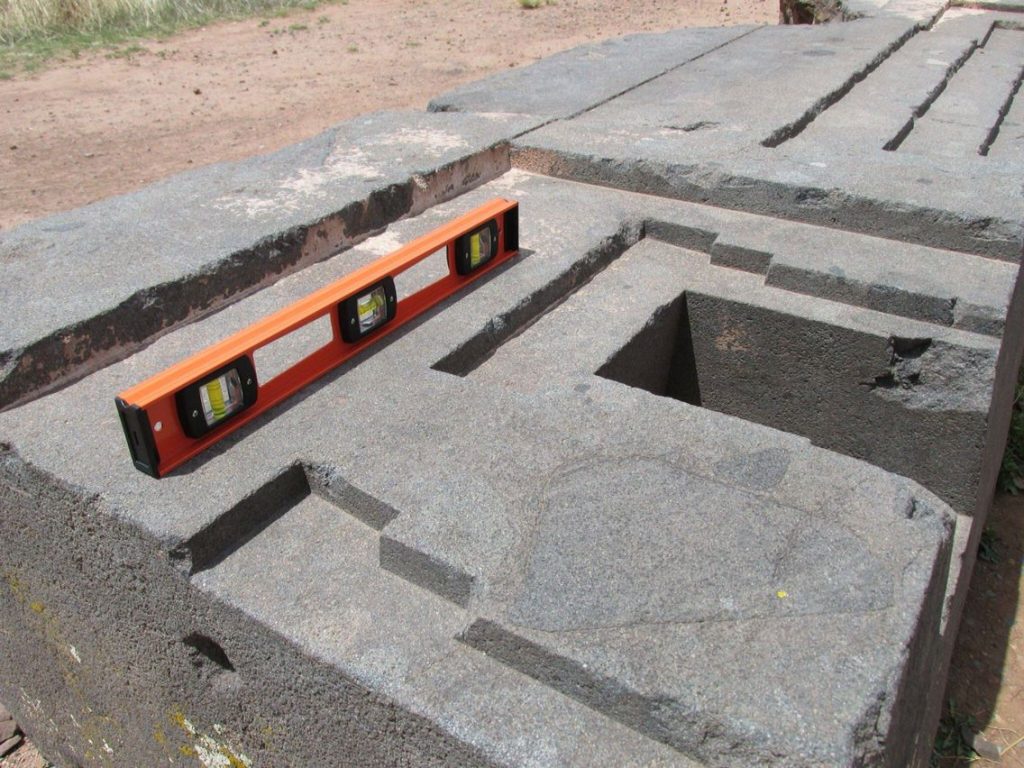
Due to the monumental proportions of the stones, the method by which they were transported to Puma Punku has been a topic of interest since its discovery.
It is in fact argued that they have been transported up a steep incline from a quarry near Lake Titicaca roughly 20 miles away, with some of the blocks weighing in the range of 100-130 tons.
One notable block has been measured at 36 feet long, 16 feet wide, and 6 feet thick.
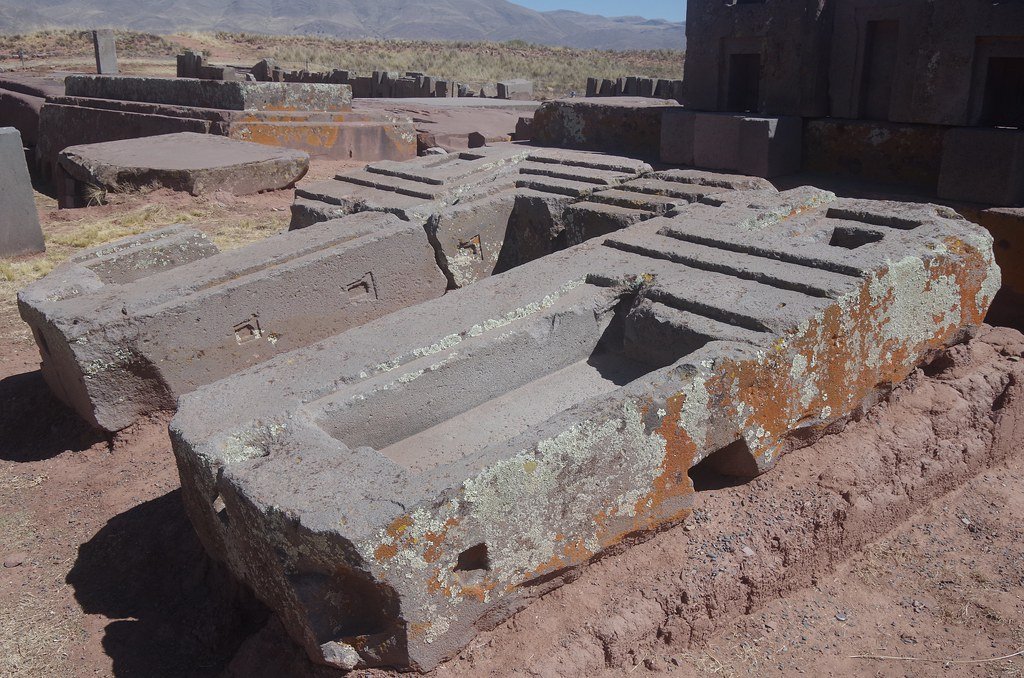
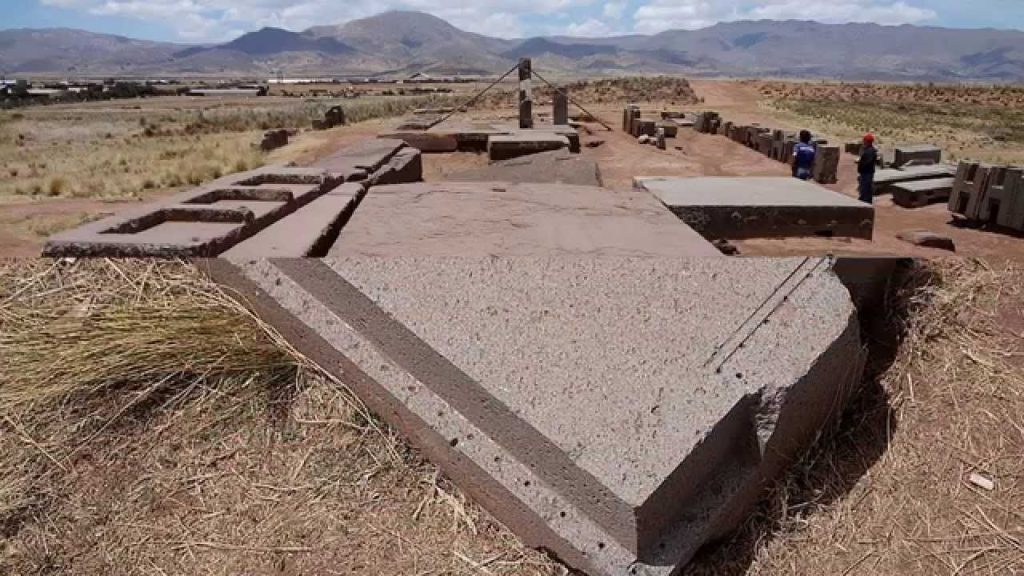
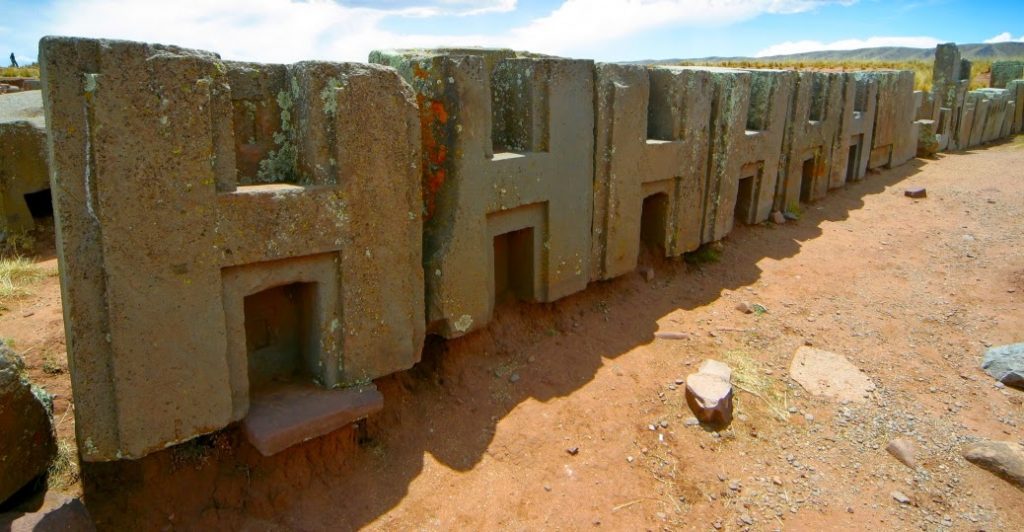
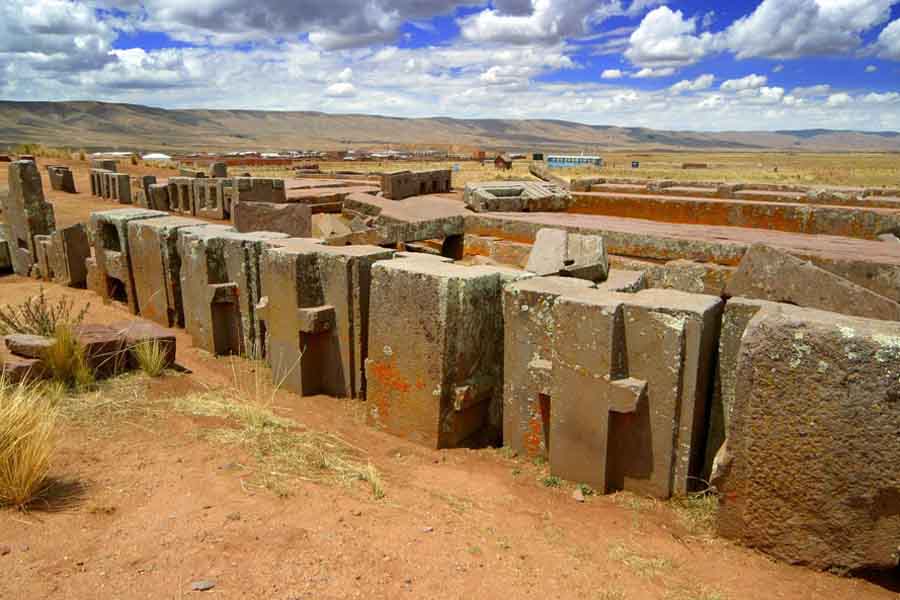
The precision with which these angles have been utilized to create flush joints is indicative of highly sophisticated knowledge of stone-cutting and a thorough understanding of descriptive geometry.
Many of the joints are so precise that not even a razor blade will fit between the stones.
The “gray” stones were also found to have a powerful electromagnetic field.
Much of the masonry is characterized by accurately cut rectilinear blocks of such uniformity that they could be interchanged for one another while maintaining a level surface and even joints.
There is also evidence of an ancient technique for drilling and carving andesite, one of the hardest rocks in the world, in a way that’s so precise it reminds of modern technology.
It’s no mystery why Puma Punku has been deemed several times the “most enigmatic site in the world”, even by archaeologists.
An Ancient Modular System
It seems that the site displays the remains of several buildings.
However, the shape of the stones is unusual, worked so precisely that they can be joined to each other in different ways, comparable to a modern modular system.
In fact, metal staples were used to join the stones, a method that was already known by archaeologists after the excavations of Delphi. This same technique was also used at several sites in Egypt, Japan, Cambodia, Sardinia, and throughout the Middle East.
There’s a controversy regarding the metal clamps and their composition.
As a matter of fact, the clamps that have been examined show them to be made of a very unusual alloy – 2.05% arsenic, 95.15% copper, 0.26% iron, 0.84% silicon and 1.70% nickel.
This composition is particularly interesting because there is no source of nickel anywhere in Bolivia. At first, archaeologists believed that clamps were brought to these grooves to be placed, but recent scans have revealed that metal was poured into these indentations, which means the builders had portable smelters.
The modular blocks of the site also called “H blocks” show a high degree of precision both in the notching of the right angles and in the measurements related to each block.
Furthermore, the hollows of the H blocks have grooves with non-parallel walls, to form joints known today as “dovetail”.
It has not yet been possible to ascertain how the destruction of Puma Punku and Tiahuanaco took place.
However, comparing the processing of the stones, it was found that the two sites did not arise at the same time, otherwise the exchange between the “construction techniques” would have been inevitable given the short distance.
Furthermore, in the case of Puma Punku, the devastation is even more extensive.
In fact, it is almost impossible to recognize the structure of the buildings and there are only a few stones close to each other, while in Tiahuanaco it is still possible to sporadically see some walls.
This led many researchers to believe that Puma Punku is even older than Tiwanaku.
